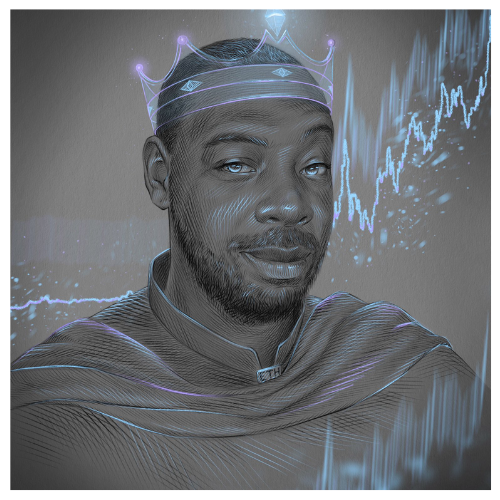A Warriors Tale: Banksy
Greetings Warriors!
Today, I’m excited to present to you an artist who I find most influential in modern times. In the shadows of urban landscapes, where the city's heartbeat syncs with the hiss of a spray can, the enigma known as Banksy emerged. A phantom artist whose real identity remains as elusive as the fleeting images he leaves behind, Banksy is not just a name but a phenomenon. Born from the gritty streets of Bristol, England, in the 1990s, his journey is a tapestry woven with threads of rebellion, satire, and social commentary.
The Bristol Beginnings
Imagine the vibrant underground scene of Bristol in the late 20th century—a melting pot of music, art, and political activism. Here, amidst the clash of cultures and ideals, Banksy found his first canvas. His early works were traditional graffiti, but with a twist. Even then, his stencils hinted at the wit and subversiveness that would become his trademarks.
The Art of Invisibility
As Banksy's art proliferated, so did his fame, but not his visibility. In an age where everyone is on display, Banksy chose anonymity. This decision created a mystique that turned him into a cultural icon. His identity became the art world's best-kept secret, a puzzle pieced together through rumors and speculation. Yet, it was his invisibility that allowed his voice to be heard, loud and clear, on walls around the world.
A Global Canvas
Banksy's art knows no borders. From the West Bank barrier, where his stencils cry out for freedom and peace, to the bustling streets of New York City, each piece is a commentary on humanity's triumphs and failings. His works are not just seen; they are experienced. They provoke laughter, outrage, and, most importantly, thought.
Satire as a Weapon
In Banksy's world, nothing is sacred. He wields satire like a weapon, skewering the pompous and the powerful with equal fervor. Through his art, Banksy questions societal norms, consumer culture, and the very nature of art itself. His pieces, like the self-shredding "Girl with Balloon," challenge the art market's commodification, turning auctions into performance art.
Activism Through Art
Banksy's activism extends beyond the spray can. Projects like Dismaland, a dystopian theme park, critique the entertainment industry's dark underbelly. The Walled Off Hotel in Bethlehem offers the "worst view in the world," with windows overlooking the West Bank barrier, turning a profit-driven industry into a political statement.
The Legacy of a Ghost
As Banksy's fame has grown, so has the scrutiny. Attempts to unmask him have turned into a global pastime. Yet, the artist remains a ghost, his true essence found in the stencils and installations that continue to appear unannounced. Banksy's legacy is not just in the images left behind but in the conversations they spark, the emotions they evoke, and the change they inspire.
The Warrior's Path
Banksy's journey from the streets of Bristol to international acclaim is a testament to the warrior's mindset he embodies. It's a path marked by resilience, a will to fight for what he believes in, and an unyielding commitment to anonymity. His art is his armor, his anonymity his shield, allowing him to strike with precision and vanish before the dust has settled.
Conclusion: The Unseen Influence
In a world where the line between art and activism is increasingly blurred, Banksy stands as a beacon. His art transcends the physical spaces it occupies, becoming a part of our collective consciousness. As we navigate the complexities of modern life, Banksy's work serves as a reminder that art can be a force for change, a weapon of wit and wisdom in the battle for a better world.
Banksy's story is far from over. With each new piece, he challenges us to see the world differently, to question our beliefs, and to find the courage to change. In the end, perhaps it's not about unmasking the man behind the moniker but understanding the message he brings to the streets, a message of hope, defiance, and unending curiosity.









